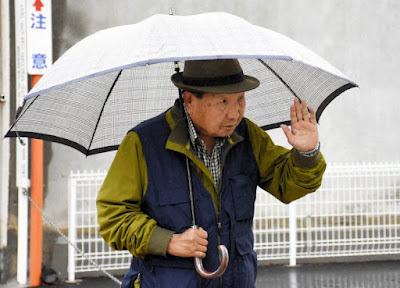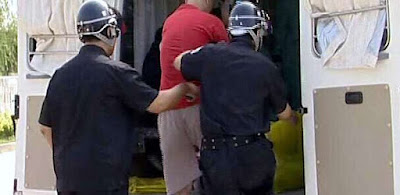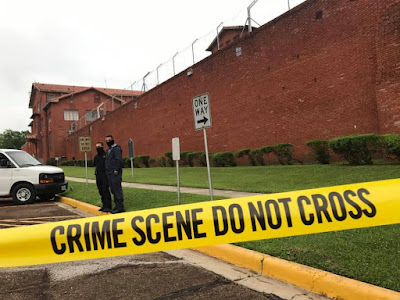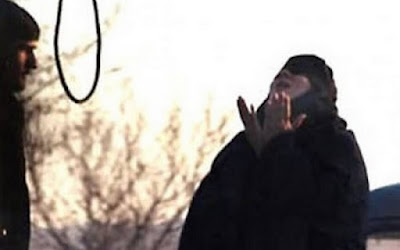
They wait alone, in cells of just a few square meters, often for 15 or 20 years, sometimes more. For US inmates on death row, the sentence is just the beginning of a long countdown to execution.
The lengthy wait and harsh conditions that US death row prisoners face has sparked debate over whether they are being punished twice, with long-term imprisonment and execution -- and even US Supreme Court justices have weighed in.
On average, 13 years elapses between the time a death sentence is handed down and carried out.
During that time, inmates are kept under close guard, confined to their cells alone for 23 hours a day with limited visitation opportunities. Their activities are often reduced to nothing more than filing new appeals against their death sentence.
In 2005, a record 137 of the 3,263 prisoners on US death row were over 60 years old, almost four times more than a decade earlier.
In Kentucky, more people on death row have died of natural causes than have been executed in the last 30 years.
Pennsylvania has executed just three people since 1976, but it continues to send an average of just over 4 people a year to death row, and currently has 225 people awaiting execution.
In California, there are 694 prisoners on death row, a US record, but all executions in the state have been suspended since January 2006 because of a court battle over the legality of the lethal injection method used in the state.
Anti-death penalty activists describe the long and isolated wait faced by prisoners on death row as a 2nd punishment, and some even believe it amounts to a form of torture.
"People on death row live under the threat of death, which is of course an extraordinary psychological trauma, and they are denied most of the ways that people make life in prison more tolerable: meaningful social activity, programming of any kind, activities," said Craig Haney, a professor of psychology at the University of California, Santa Cruz.
Haney, an expert on prisoners held in isolation, said death row inmates held for years are prone to depression and mental illness and can became extremely distrustful and completely apathetic.
Some "become so dismayed and despondent that they actually give up," he told AFP.
"I've seen some clients who've been on death row for over 20 years. They simply become wound down by the deprivation, wound down by the degradation and wound down by the isolation.
"As a result, in some instances they simply give up the way they live and decide that they can't endure this any longer, even if there is a possibility that enduring it a little longer would result in their sentence being overturned."
Some, like Lawrence Reynolds, have taken extreme measures. Reynolds, who was sentenced to death in Ohio in 1994, attempted suicide in March while still on death row.
He managed to stockpile medication that he had been prescribed and overdosed. He was found unconscious in his cell and taken to hospital, where he recovered, and was executed a week later.
The US Supreme Court has declined on several occasions to formally consider whether long waits on death row constitute a violation of the US Constitution.
But 2 of the highest court's justices have raised questions about the practice in rulings on other death penalty issues.
In March 2009, ruling on a case involving an execution in Florida, Justice Stephen Breyer questioned "whether the Constitution permits... execution after a delay of 32 years -- a delay for which the state was in significant part responsible.
In December 2009, Justice John-Paul Stevens made an even clearer statement about his view of lengthy pre-execution waits.
"The delay itself subjects death row inmates to decades of especially severe dehumanizing conditions of confinement," he wrote in a case involving a prisoner who had spent 29 years on death row.
But others say the wait is simply a function of a lengthy appeals process that protects the right of death row inmates to seek a reversal of their sentence.
And conservative judges note that death row inmates always have the right to waive their appeals, and move more swiftly towards execution.
Source: Raw Story, April 18, 2010










